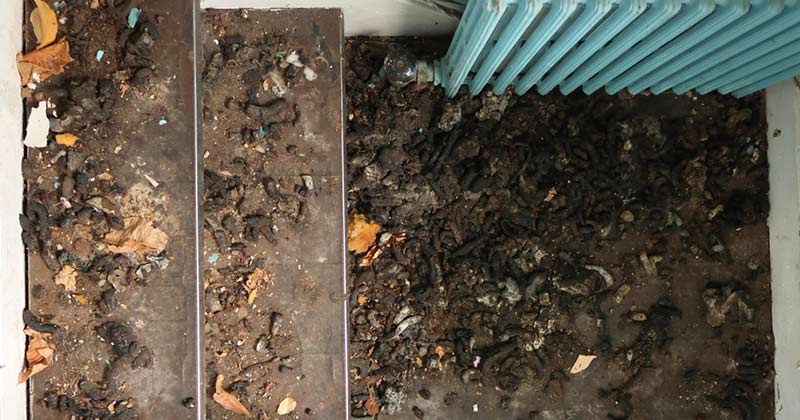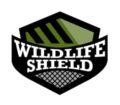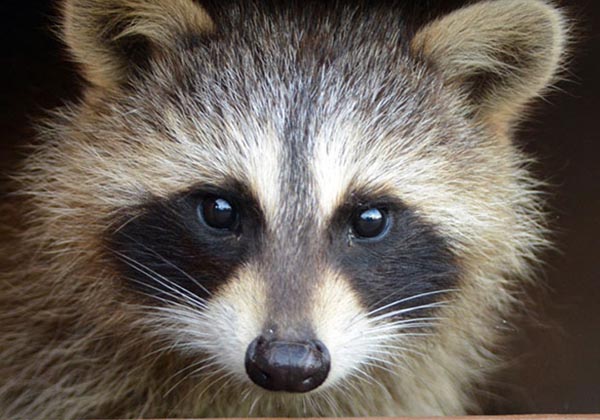Trapping is the process of setting a baited trap on your property or in your home to catch a wild animal. The process involves either building the trap yourself or buying one from a store. Most traps are cages with a small latch that is intentionally unstable. When the animal enters it will lift the door with its body and undo the latch. There are other types of traps, electronic sensor traps and even electrified traps and bear-like claw traps which would be illegal to use on a raccoon in Ontario. Trapping an animal takes a great deal of time and effort. You cannot leave the trap for more than twenty-four hours as the animal could die. Trapping a raccoon is legal, killing one, even by accident, is not. Trapping is considered a last resort, there are many other ways to get a raccoon out of your attic. If you want to trap a raccoon the best bate to use is something they want to eat. Oily meat like bacon is a great choice and so are dog treats with a strong smell. You can also use wet dog or cat food or anything that a raccoon would find appetizing. You will then have to wait and check the trap daily, preferably in the morning. When something has been trapped you can take the animal up to one kilometre away to a public park or ravine. Stand behind the trap open it and back away. Do not attempt to touch or bother the raccoon. If it doesn’t leave or threaten you then run or yell. Either way, this is the most dangerous part of the process.

While this can be effective it will take an excessively long time and the raccoon may vacate on its own before it is even trapped. Trapping also runs the risk of killing any babies the raccoon had hidden in the attic. The raccoon can starve or dehydrate before you check and there is no telling the raccoon did not get rabies at some point which would make releasing it very dangerous. The best way to remove a raccoon from an attic is with a one-way door, it’s a steel device with a fitted door made of plexiglass that opens with a spring locking mechanism from one side only. The other side is blocked with a rim. This allows the animal to humanely vacate and prevents them from getting back in. It is faster, easier and much more humane.

